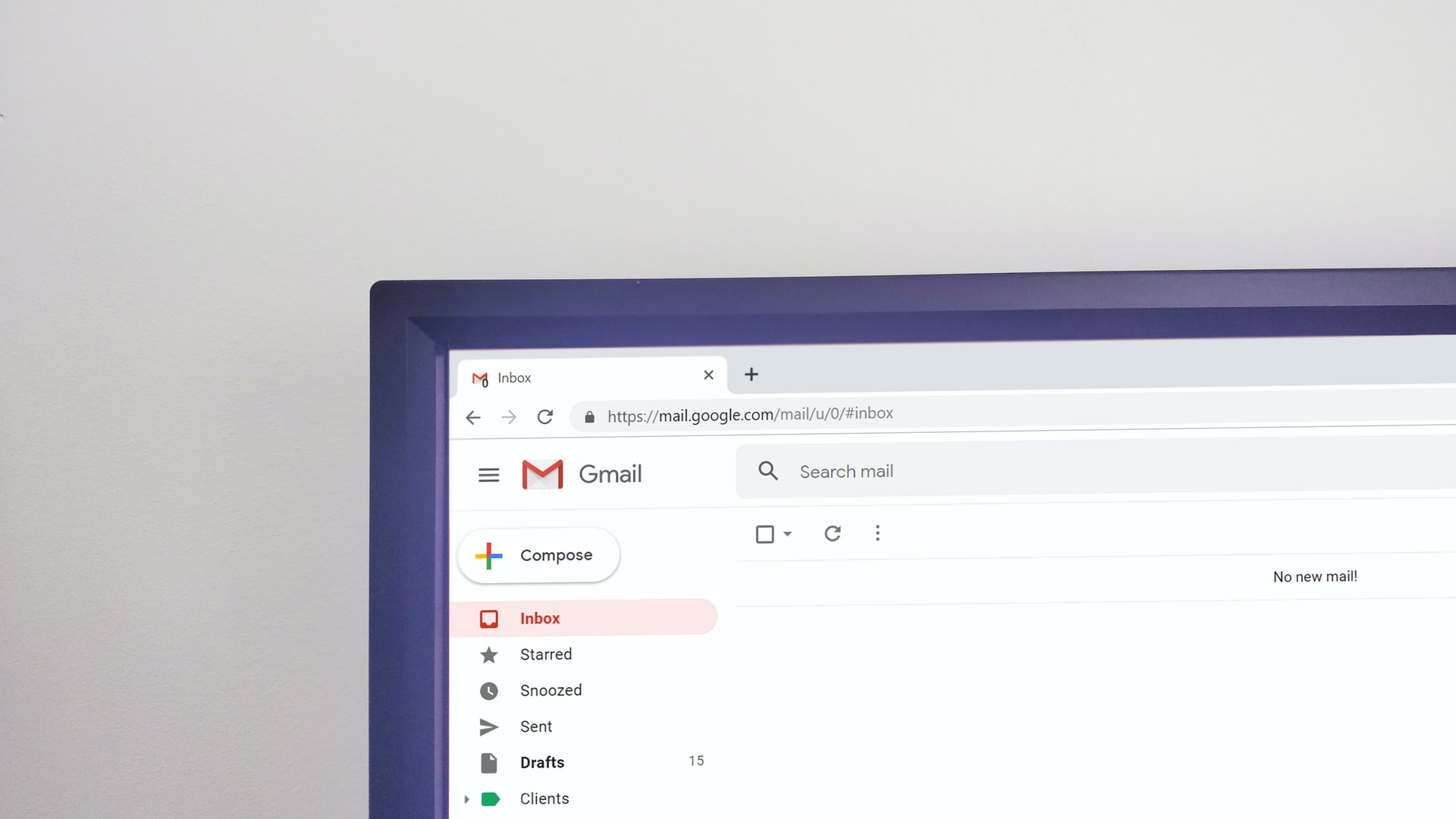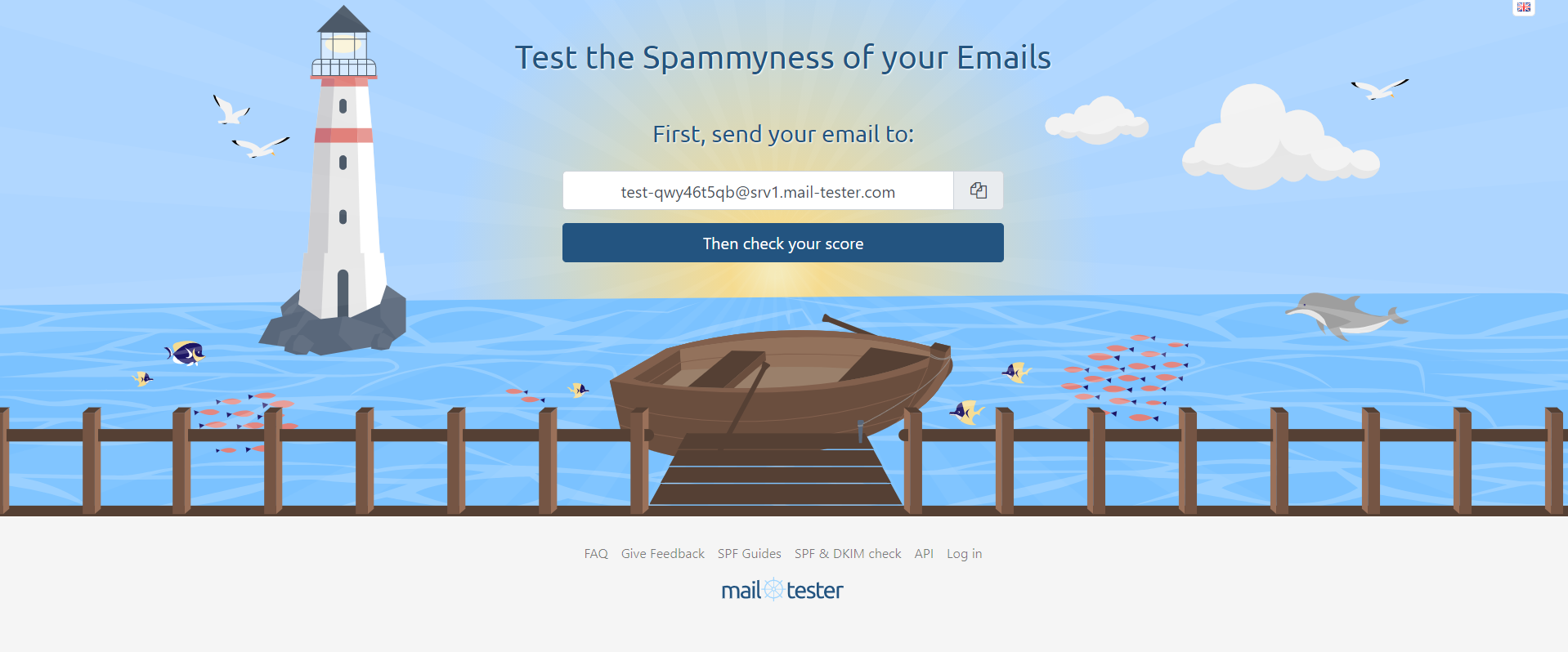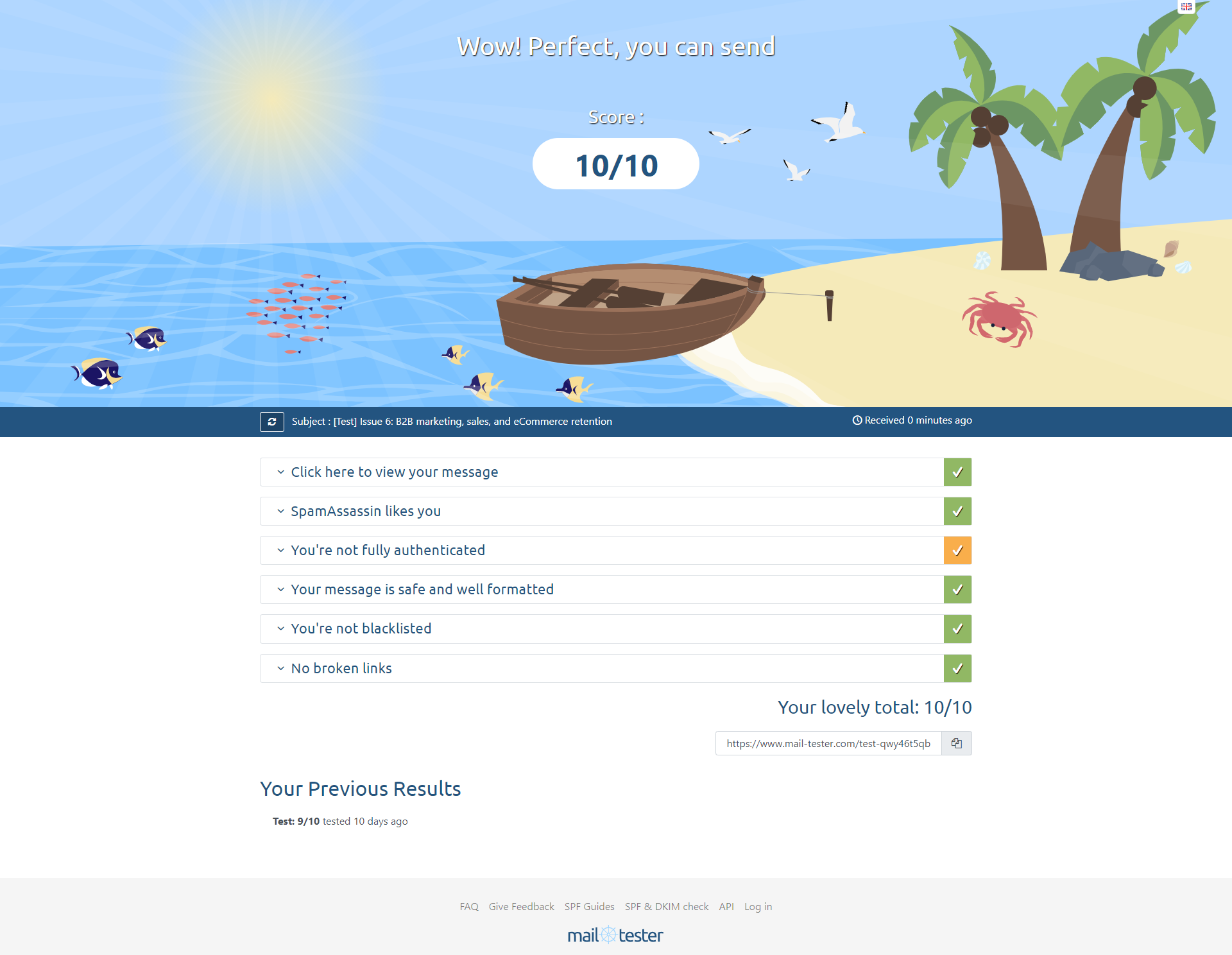
Average email newsletter open rates stand at a measly 17%, with click-through rates at 2.5%. With the email inbox becoming increasingly crowded and full of irrelevant emails, increasing your open and click-through rates can feel like an impossible goal; but it’s an essential one. These email marketing tips will help you boost those metrics, so you can get closer to your business goals.
Your email open and click-through rates are two crucial marketing KPIs, alongside:
- Deliverability rate
- Unsubscribe rate
- Forwards
- Conversions
These metrics tell you how well your campaigns perform and show you how to improve and turn marketing emails into customer conversions.
Rather than create a generic blog on the top six email marketing tactics that you’ll read and forget, here’s how to do things a little differently.
These pointers for improving your email open and click-through rates will help you optimize your marketing emails at every stage with actionable tips that work. I used many of them to manage and grow one client newsletter list to 60,000+ subscribers with a regular 25-30% open rate.
Tips for increasing your email open and click-through rates
1. Clean your list
Before sending out thousands of emails, make sure your audience is updated. Some people aren’t a good fit for your newsletter, and that’s okay. If someone hasn’t opened your email in a while, there’s a good chance you’re either going to their spam folder or they are deleting your emails on sight.
Those subscribers are not likely to become leads, and having irrelevant subscribers isn’t going to help your newsletter metrics. They’ll continually bring your open and click rates down, and that looks bad to spam filters.
Keep your audience lists fresh by regularly reviewing them and removing inactive contacts. Not only will you stop cluttering their inbox, but this reduces the chances of you being reported as spam.
2. Segment your audiences
The better segmentation you have, the better your chances of delivering a newsletter that’s relevant and important to your audience. That improves your chances of email success.
Use visitor tracking software, a CRM system, or even manual effort to segment your contacts into different audiences. These audiences should be grouped according to shared interests or actions.
A few common ways to segment your audience include:
- By trigger: Have they passed a certain threshold in their onboarding? Are they a power user of your software?
- By industry: What news and updates are most relevant to their industry?
- By JTBD: Are they using your product or service to acquire new customers? Or to re-engage with their existing ones?
- By company type: Are they a small business? Enterprise? B2B? B2C?
- By buying behavior: Is their purchase history full of women’s watches, or men’s shoes?
3. Make it into the inbox
For your marketing email to be opened and seen, you must first get past the spam filter and into the inbox. To achieve this, you should send emails from a reputable domain and avoid words that commonly get flagged as spam or promotional.
2a) Send emails from your domain
Your marketing emails should come from a reputable domain name that’s recognized by your audience – preferably your website domain. You can set this up with your web hosting provider.
Whatever you do, do not send emails from a free email provider – even if it is Gmail, Outlook, or Yahoo. Commercial or bulk emails sent from free email provider domains are a big spam reg flag because this is a common technique used by cybercriminals.
2b) Don’t sound like spam
Stop using spam trigger words or formatting tactics in your subject lines or content. Yes, they might be more attention-grabbing, but that’s no use if they’re grabbing the junk mail filter’s attention first.
Specific things to avoid include toggled capitals, all capitals, excessive punctuation, symbols, and red font. You also want to avoid phrases like “limited time,” buy now,” or “bargain.”
Run your email through an email spam test like the excellent (and free) one from Mail Tester.

I sent a newsletter preview to the email address in the image above, and got these results for one of my upcoming campaigns.

Other free spam checking tools include: Glock Apps, Litmus, and Email on Acid.
2c) Don’t be a stranger
Getting an email from a company is fine, but we all know a brand isn’t magically writing to you. There are people behind every email typing down each word.
To sound less like a bot, and more like a human, I attach my name to my email newsletters. I usually use the format “Rachel from” and then include the company I’m sending a message on behalf of so recipients still have the company context.

2d) Don’t use a URL shortener or excessive images
URL shorteners and image-heavy emails are common tactics for phishing emails trying to appear legitimate. They should not be used in email marketing.
Tip: Images containing words aren’t great for accessibility either.
Instead, use hyperlinks, balance images with content, and only ever link to credible domains.
4. Get the right eyeballs on your subject line
Once your email has made it into the inbox, it needs to be seen by your recipient. You can increase the chances of your email being spotted in a popular inbox by A/B testing your send times and subject lines.
4a) Send emails at the right time
Schedule your marketing emails to be sent when your audience is most likely to be in their inbox or checking their emails.
The perfect timing for this depends on your audience. Start with common sense (e.g., an audience with a typical 9-5 job will likely check their personal emails on the morning and evening commute) and then tweak by learning from the results of your campaigns.
4b) Use an attention-grabbing subject line
Use a subject line that demands attention, even in the busiest of inboxes.
- Personalization: Use the recipient’s first name or reference something they are interested in.
- Emoticons: Add relevant emoticons that stand out from the rest of the text.
- Length: Stick between 33 – 43 characters to ensure that your subject line is displayed in full on desktop and mobile inboxes.
5. Convince them to open your email
After someone receives and sees your email, you need to convince them to open it. Here are some things you can do to prevent your newsletter from going straight into the trash, unopened.
5a) Make use of the preview text
Always customize your email preview text to give your audience a reason to open your email. The preview text is a snippet of information that follows your subject line, either alongside or directly beneath it.
5b) Compel action
Your subject line and preview text should compel the reader to open your email. This can be achieved through:
- Psychology: Using psychological tactics sounds nefarious, but it doesn’t have to be. You can tap into emotion or value and scarcity to get your email opened (just be sure to deliver).
- Trust: Send emails from your brand name, so your audience recognizes you.
- Personalization: Reference something the reader is interested in, was looking at, or places value in to demonstrate relevance.
6. Be exciting, right away
OK, so your email has been opened, but the war isn’t over yet. An email recipient will quickly (and subconsciously) scan your email to see if it needs to be read now, can be saved for later, or can go directly to the trash can.
Make your email look important enough to read through and click on with your layout and branding.
- Layout: Use a clear and simple email layout that doesn’t overwhelm your reader and, instead, draws their attention down the page to your CTA. It should be easy to skim and understand in a few seconds.
- Compatibility: Ensure that your emails are compatible with all desktop, tablet, and mobile devices to ensure that your audience can read what you have to say.
- Branding: Using professional branding that’s consistent with your website, to immediately establish trust and familiarity.
- Personalization: Injecting familiarity with names, relevant images, and personalized discounts that make the email feel personal to the reader and different from a generic marketing message.
Tip: When someone opens your email on their mobile device, they only see the first few sentences. This is prime email real estate, so don’t fill it with images that may not load. Instead, write out a quick description of what to expect to draw them in further.
7. Stay interesting until the CTA
The main goal of your email is to get your audience to your CTA, which is most likely at the end of your email. Therefore you need to engage and retain interest until the end. Use segmentation and stay relevant to hold their interest.
Use your audience segmentation to deliver email content that is tailored to the recipient’s interests and needs. Sending an email about your latest dog treats will engage dog owners far more than it will cat owners.
8. Keep your CTA compelling
A click on your CTA button is a score for your click-through rate. Make a click-through a necessity, not an option, for your reader by showing value, using some psychology, keeping your message clear, and encouraging shares.
8a) Offer value
Offer your audience something of value in return for completing your call to action. Depending on the purpose and content of your email this could be something as simple as more information, or as obvious as a discount or freebie.
8b) Use psychology
Use psychological tactics such as framing, social proof, and fear of missing out to speak to your audience’s subconscious mind.
8c) Keep it clear
Be clear about what you want your audience to do next – don’t rely on common sense or something “being obvious.” Spell it out so that there’s no doubt what your readers should do next.
8d) Include social buttons
If your email isn’t relevant to your recipient, that doesn’t mean they don’t know someone who might be interested. Include social media share buttons to allow readers to quickly share the email content on their social media accounts and tag those who they think will benefit.
9. Re-engage your audiences
If your email didn’t get opened, it’s not the end of the world.
Don’t be scared to re-engage with your audience a second or third time, even if they didn’t open your original email. They may have missed it or run out of time. There’s no harm in trying again for key messages.
10. A/B test your emails
Once your email has been received, seen, opened, and clicked, it doesn’t end there. There’s more you can do once an email has been sent.
Run A/B split testing to compare two different versions of your email campaign and find out which tactics work best for your audience.
Bonus tip: Test other channels
Email isn’t always the one. If you’re struggling with email open and click-through rates, it might be because your audience is spending more time on social media, Messenger, or their phone than in their inbox. Always use a multi-channel approach to marketing.
Is email marketing the best option for your online store? 8 Alternative eCommerce marketing channels
One final thing to remember…
An email open and click is only as good as the final action. If your emails are being opened and clicked, but you’re not getting conversions, social media mentions, or customer reviews – then your email isn’t working.
Open and click-through rates aren’t metrics to celebrate – they’re metrics to help you drive action and achieve your marketing goal, whatever that might be.